06:25, August 12, 2023
An Long Pagoda is nestled in a garden next to 2/9 Street, Binh Hien Ward, Hai Chau District, Da Nang City. Few people know that at An Long Pagoda there is an extremely valuable antique, which is a sandstone stele that was ranked as a National Historical Relic by the Ministry of Culture and Information on December 2, 1992.
The birth of An Long Pagoda is associated with the folk story that in 1471, King Le Thanh Tong went to conquer Champa, anchored his boat on the bank of the Han River. At that time, King Le's boat ran out of drinking water, so his soldiers went to find a source of fresh water and found a clear pool of water on the sandbank on the left bank of the river. After expanding the territory, the king ordered the villagers to build a pagoda on the sandbank with that pool of fresh water, named Long Thu Pagoda. According to the records of An Long Pagoda, the reason the pagoda was named Long Thu from the beginning was because there was a manifestation of Buddha before the pagoda was built, and at times there appeared the head of a mighty and majestic dragon in broad daylight. The mysterious origin of the pagoda, imbued with such a folk mythological color, has been passed down through the years.
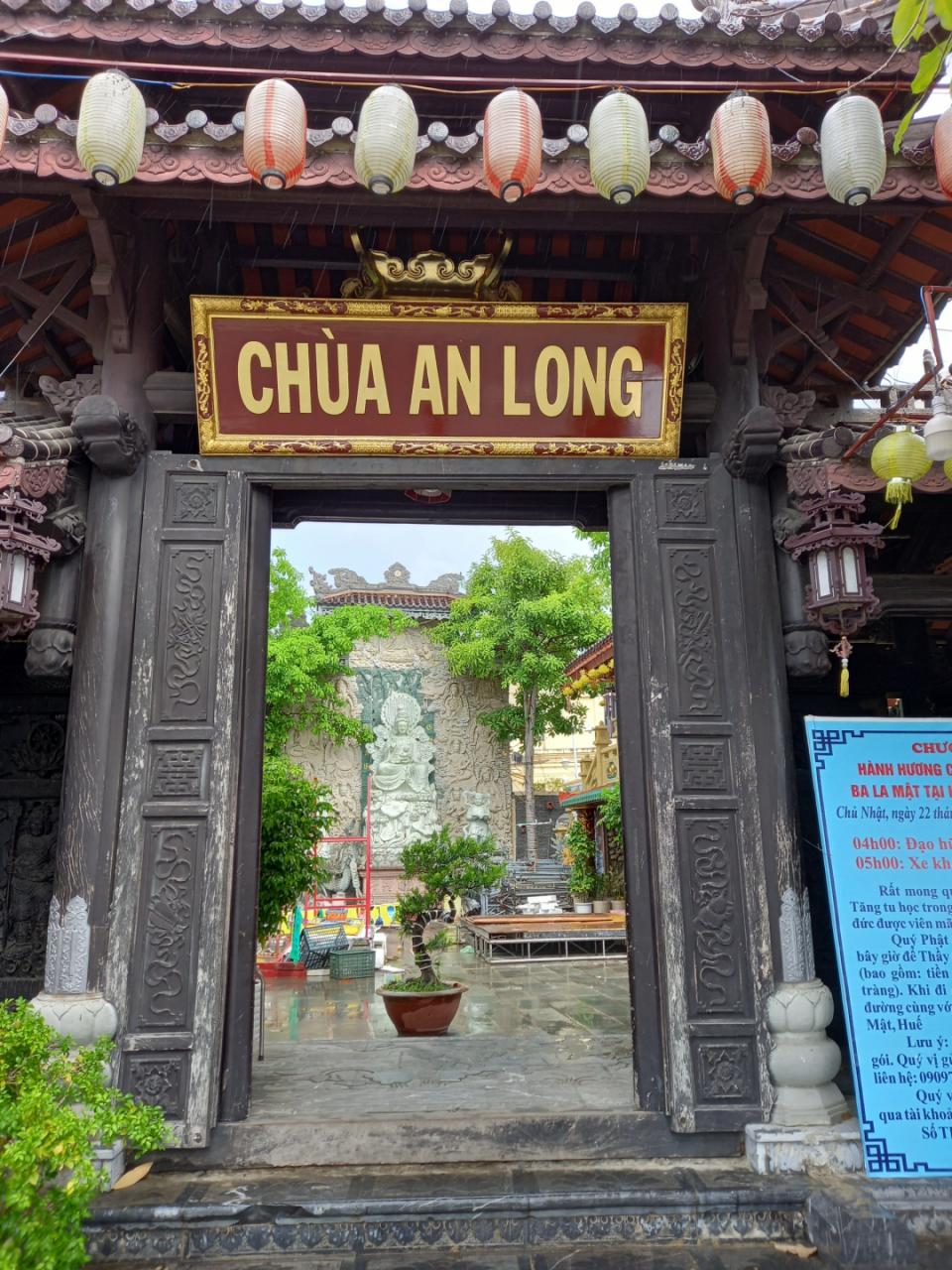 |
| Entrance gate to An Long Pagoda |
It was not until 1903, when a strange stone stele in the ground in front of the temple yard was excavated, that the mystery of the temple began to be solved. The gray stone stele that was brought up was broken in half, 1.25 m high, 1.20 m wide, 0.21 m thick. The shape of the stele gradually narrowed from bottom to top, creating a round top that looked like an upside-down bell. In the middle of the top of the stele was the image of the sun, surrounded by clouds, the bottom part was a lotus platform, two lions flanking on both sides.
The inscriptions engraved on the stele in Chinese characters are quite faint due to erosion, consisting of 368 characters, of which 6 are large characters carved horizontally, framed as "Lap Thach Bi Thu Long Tu". This line has two small "van" characters at both ends. In the center of the stele face, there are 360 characters carved in recessed vertical lines from right to left, the back of the stele is carved with patterns, there are no characters. When the content of the characters on this stele was translated into Vietnamese by the French scholar Henri Cosserat, all the secrets buried for generations were revealed.
According to the text, the stele was erected on April 1, 1654, under the 5th year of the Le Than Tong dynasty. The stele was compiled by Mr. Le Gia Phuoc, a native of Hai Chau village. The land where Long Thu pagoda is located is Nai Hien village, Tan Phuc district, Dien Ban prefecture, Quang Nam . Cai and his wife, the association leader Nguyen Van Chau, Cai and his wife, the generals Tran Huu Le and Tran Huu Ky, the village chief Pham Van Ngao, and the people of Nai Hien village jointly contributed money and labor to build Long Thu pagoda on the land donated by Mr. and Mrs. Tran Huu Le. The stele also recorded that this is a sacred land, where Buddha and the dragon head are always present, responding and saving the unfortunate fates in the mortal world.
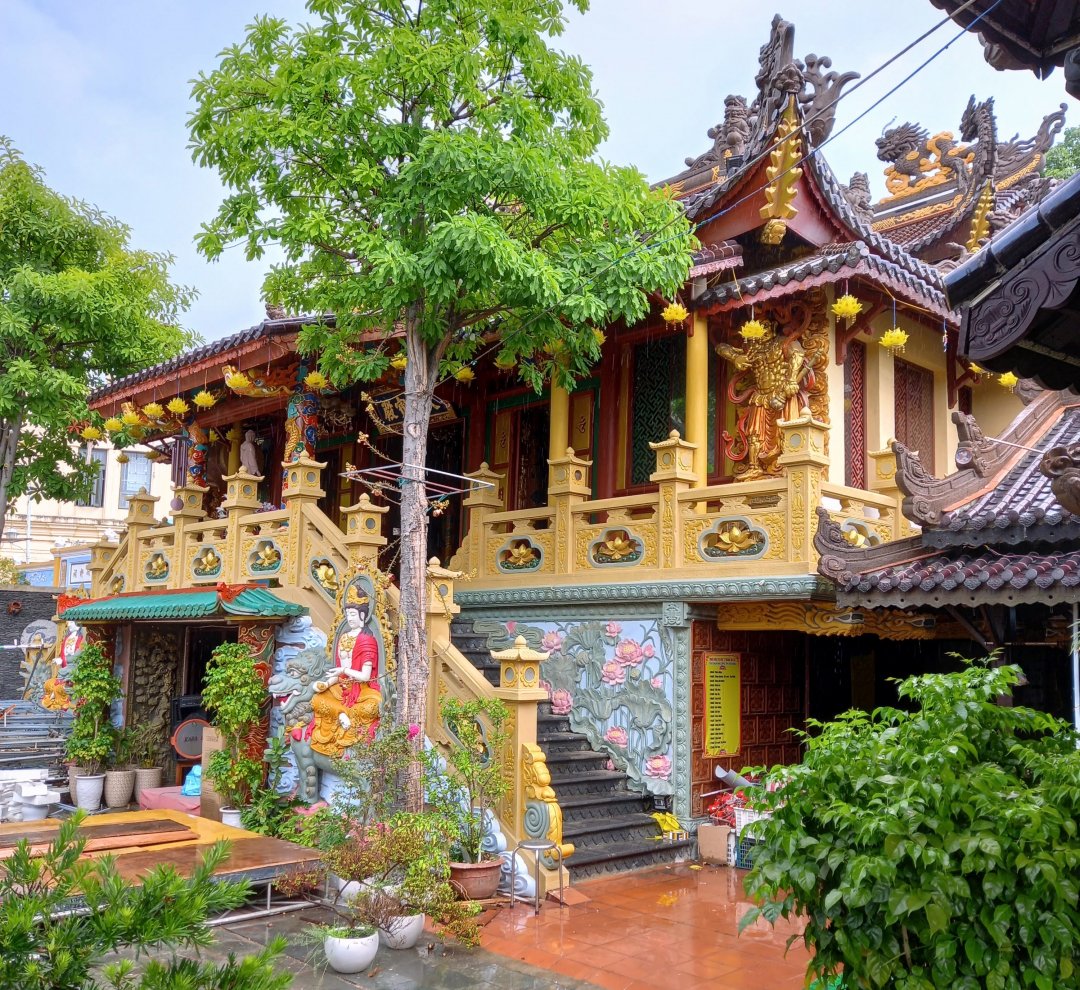 |
| An Long Pagoda today. |
According to the relic history of the Danang Cultural Heritage Management Center, in addition to the content clearly recorded on the stele from 1654, it also states that during the war between the two feudal dynasties of Tay Son and Nguyen lords, Long Thu pagoda completely collapsed, so in 1882, King Minh Mang ordered the pagoda to be rebuilt.
In 1925, the French Governor General of Indochina decided to recognize this stone stele as a relic. In 1935, King Bao Dai changed the name from Long Thu Pagoda to An Long Pagoda. After many historical ups and downs, the pagoda was degraded and severely damaged. In 1961, monks, nuns, Buddhists, and followers of Nai Hien Street, Binh Hien Ward donated to rebuild An Long Pagoda with the appearance it has today.
An Long Pagoda is located next to the Da Nang Museum of Cham Sculpture, a treasure trove of artifacts about the unique Champa culture.
Thai My
Source








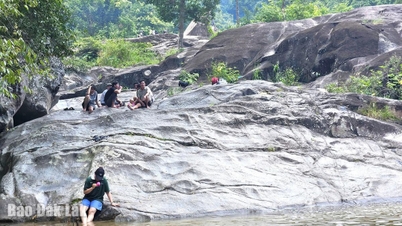

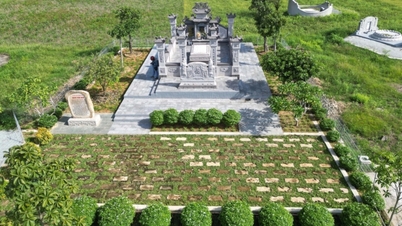

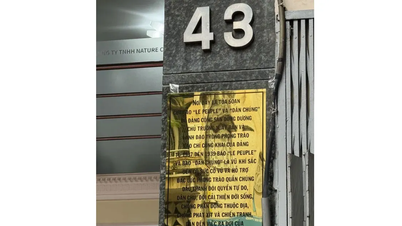

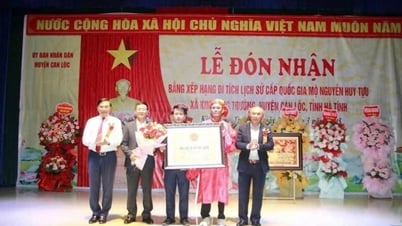


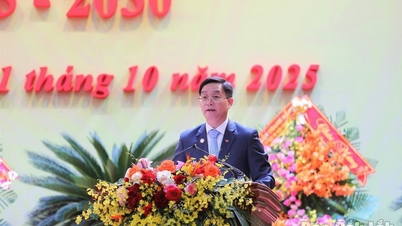

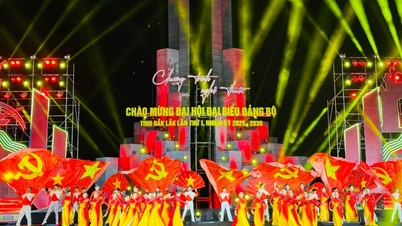
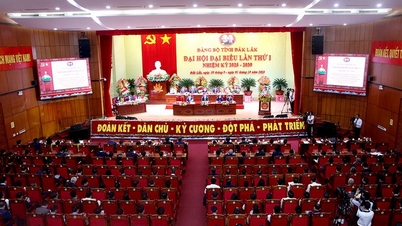
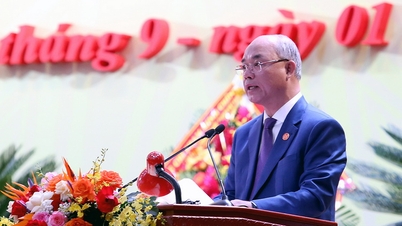

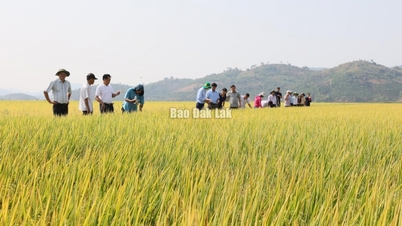





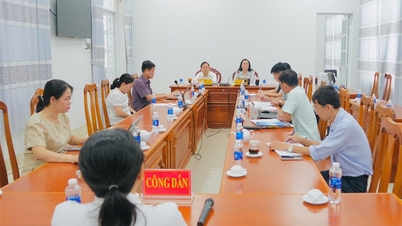









































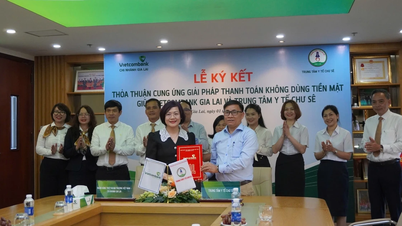

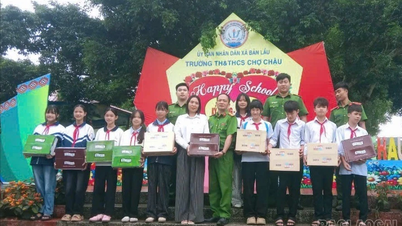

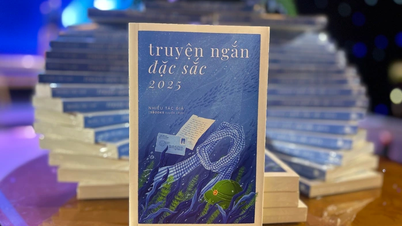


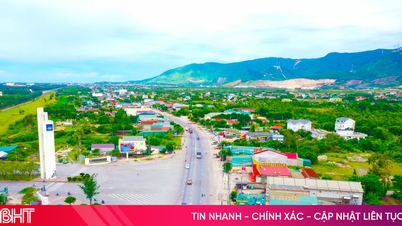

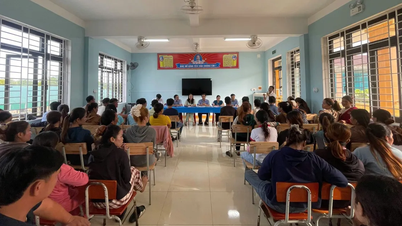












Comment (0)